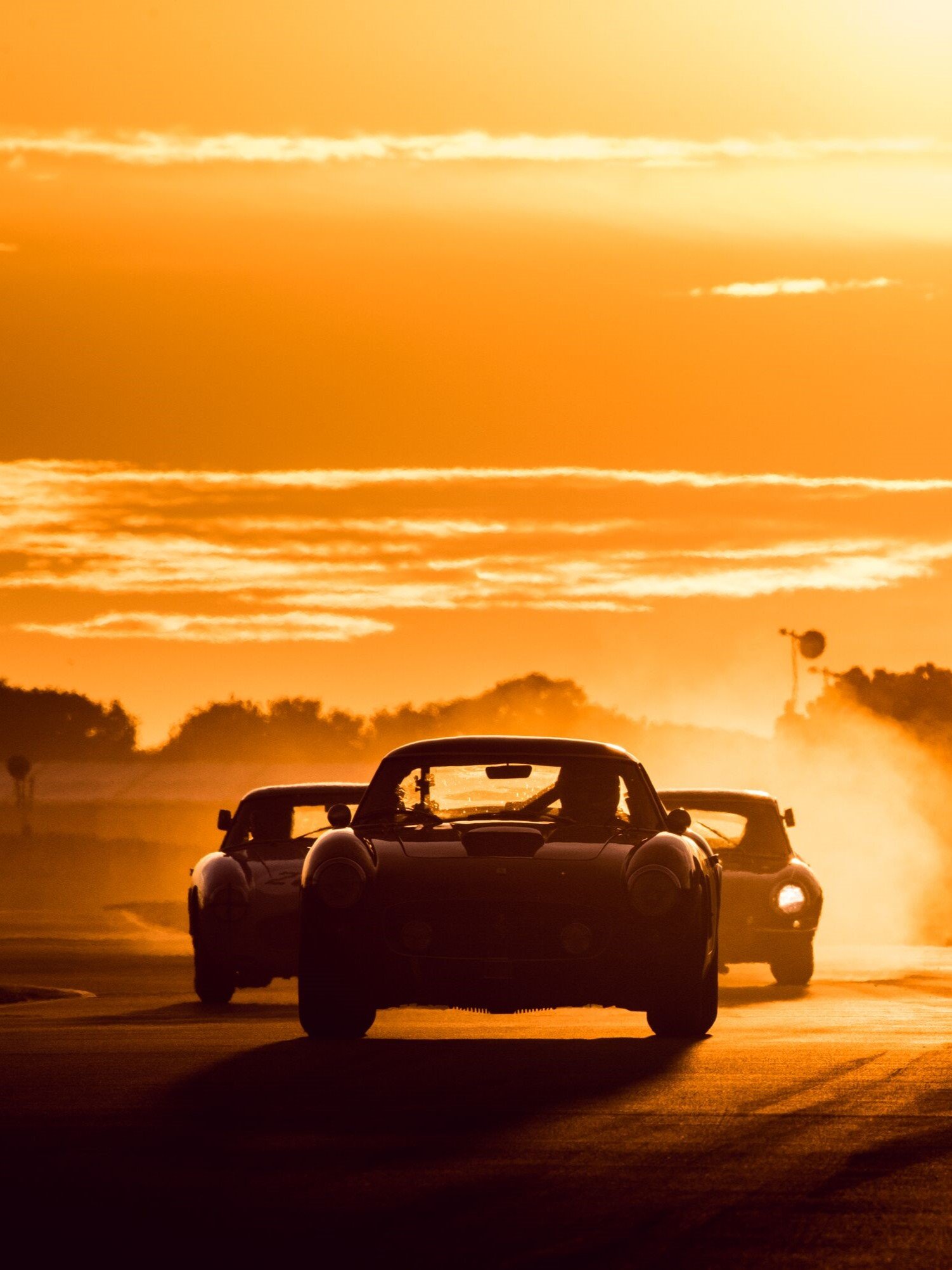Car tech doesn’t work on bikes
Car racing and bike racing are more different than the latter’s shortage of wheels might suggest. Especially so the detailed technical requirements. They are poles apart.

Chassis-wise, cars need a stiff platform from which to hang precise suspension geometry. Bikes tried to follow the same path, only to discover, some time in the 1990s as tyres improved, that the opposite was true. The suspension can’t absorb bumps at high lean angles (currently around 60 degrees), so the chassis needs to flex, while remaining stiff enough to resist braking forces and the twisting applied by the drive train. A complex task, and 30 years later still a work in progress.
For the engines, you’d think the more power the better. But as yields moved on past 200PS (147kW) per litre at around the same time, this also proved false. Of course there’s no substitute for grunt… but only if it’s usable. More important is how the engine responds to the throttle. That crucial element that riders call “feel”. This was another hard-learned lesson, with several examples of car thinking falling far short of their own expectations.
Cosworth’s involvement with Norton in the early 1970s was a harbinger. Lopping two cylinders off the indomitable F1 DFV V8 seemed like a no-brainer. The result was a no-worker. But with many other reasons for the Challenge’s embarrassing failure, not least Norton’s death throes, the signs were misread.

When MotoGP went from two-stroke to four-stroke in 2002, it seemed the door was open again. In came Cosworth once more, working with Italian two-stroke supremos Aprilia. The so-called Cube was a rev-hungry in-line three-cylinder 990, with many advanced features borrowed from F1, including pneumatic valve springs, ride-by-wire electronics, and a bellowing/screaming exhaust fit to wake the dead.
It was plenteously powerful too and blindingly fast down the straight. But almost unrideable, although the redoubtable Superbike double champion Colin Edwards – who described the bike as “a test of your commitment” – did manage a heroic single fourth place in 2003. The Cube was retired at the end of the next year.
Another attempt came from Ilmor, after Mercedes-Benz had taken over their F1 engine enterprise. Same thing, from their car-influenced V4. Plenty power, delivered so suddenly as to make the bike a real handful at the crucial stage of applying power mid-corner while still on the edge of the tyre. The team retired after the opening round of its 2007 debut.
Sauber likewise applied F1 thinking to a proposed MotoGP engine backed by Petronas – another in-line triple. It never raced in GPs, though a Superbike derivation had a short and inglorious career in the production-based series.
Aprilia meanwhile had withdrawn to its two-stroke stronghold in the smaller classes, where their dominance was complete. So complete that the control they exerted – exacting high prices for special parts that only the richest teams could afford – stuck in Dorna’s throat, and accelerated the switch from 125 and 250 to four-stroke Moto3 and Moto2. New rules imposed tight financial controls and technical equality – to the extent of identical supplied engines in Moto2. No more money-takes-all.

Aprilia were done with MotoGP for now, switching successfully to the lesser World Superbikes, while some financial upheavals that saw the independent firm taken over by Piaggio, famous for Vespa scooters. Then the short-lived production-based grid-filling CRT (Claiming Rule Team) class in MotoGP meant they could transfer back to the main championship, if only in the back seat and under the disingenuous name ART (Aprilia Racing Team). Being the best CRT bike was no great distinction, however.
Having lost engineering genius Gigi Dall’Igna to Ducati, Aprilia’s official factory prototype return in 2015 was already hampered, and results ever since have reflected the difficulty of competing with the established class leaders.
This year, however, after yet another redesign, there are signs that Aprilia might be catching up with other relative MotoGP newcomers KTM, which won three races last year, and returnees Suzuki, which won the championship.

A strong performance in the truncated pre-season tests for faithful rider Aleix Espargaro echoed a false dawn last year, but an impressive first race at Qatar suggested there has now been real progress. Espargaro was fast in practice and finished eighth, just behind his brother Pol on the best of the factory Hondas. Most importantly, pre-season speed was now backed with race reliability.
At the same time, news came that serial GP winner Andrea Dovizioso – taking a sabbatical after falling out with the factory Ducati team – was to test the bike in Italy, bringing a high level of experience and expertise to the development programme. If he is impressed, he’ll likely run wild-card races this year, and sign up full time next year – a stellar boost to the formerly struggling team.
And the F1-influenced Cube can finally be forgotten.
Images courtesy of Motorsport Images, RS Cube image courtesy of Rikita.
MotoGP
MotoGP 2021
Aprilia
Cosworth
Mercedes
Suzuki
Honda
Aleix Espargaro
Andrea Dovizioso





